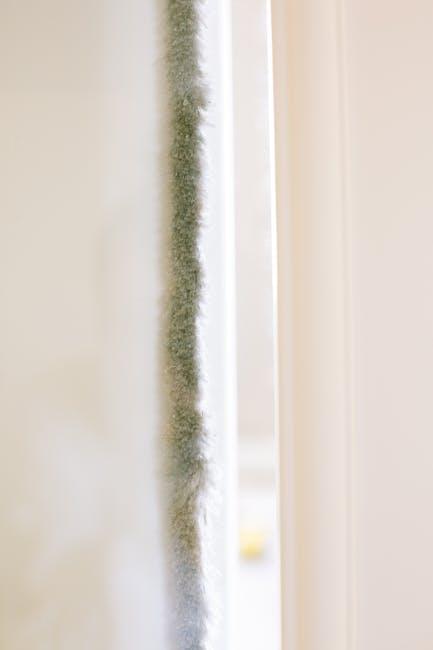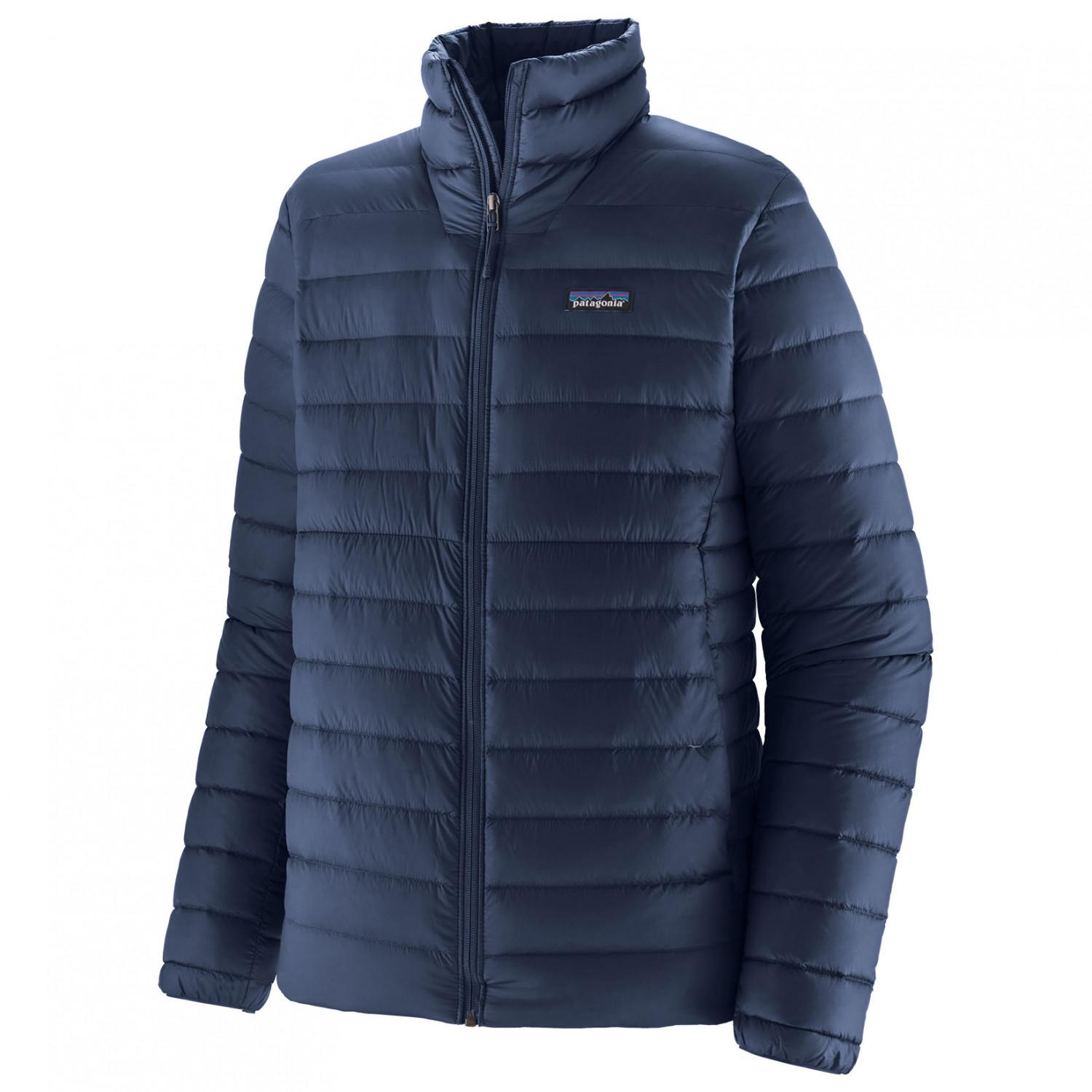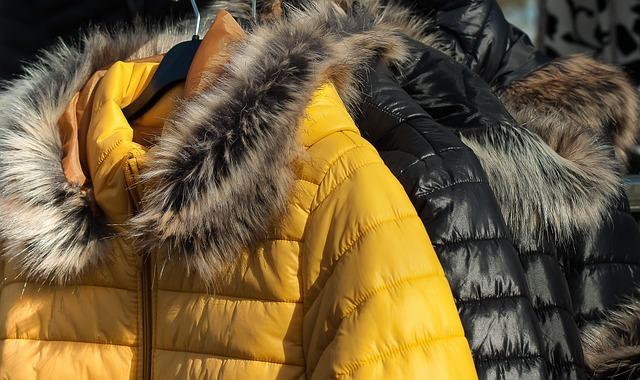As the chill of winter approaches and outdoor adventures beckon, the quest for the perfect insulation becomes paramount. among the sea of options, the Patagonia Down Sweater Jacket has carved out a reputation for delivering exceptional warmth without the cumbersome bulk frequently enough associated with down insulation.But what exactly makes this jacket stand out in a crowded market? In this article, we embark on an exploration of the Patagonia Down sweater’s warmth-to-weight ratio—a key metric for any outdoor enthusiast looking to balance comfort with packability. through rigorous testing and hands-on experiences, we’ll unravel the science behind its impressive performance, examining how weight and warmth converge in a single garment designed to withstand the elements. join us as we dive deep into the fabric of this iconic jacket and discover what truly makes it a staple for adventurers and casual wearers alike.
Exploring the science Behind Insulation Efficiency
The efficiency of insulation is a critical factor in determining the overall performance of any outerwear, especially when it comes to jackets like the Patagonia Down Sweater. Insulation efficiency is primarily influenced by the material’s ability to trap air, which acts as a barrier against heat loss. In the case of down insulation, the ability to compress and loft plays a notable role in its warmth-to-weight ratio. The most efficient down can trap more air within its clusters, offering superior thermal performance without unnecessary bulk. Key properties include:
- Fill Power: A measurement of the down’s loftiness and insulating ability.
- Weight: The lightweight nature of down contributes significantly to overall comfort.
- Durability: High-quality down retains its insulating properties over time and under compression.
to put this into outlook, a direct comparison of insulation materials showcases the disparities in warmth efficiency. The following table illustrates how different materials rank in terms of warmth-to-weight ratios, highlighting the advantage of high-performance down insulation:
| Insulation Type | Warmth-to-Weight Ratio (W/m²·K) |
|---|---|
| Premium Down | 4.5 |
| Synthetic Insulation | 3.0 |
| Wool | 2.5 |
This table not only illustrates the effectiveness of down insulation but emphasizes why the Patagonia Down Sweater is a go-to choice for those seeking maximum warmth with minimal weight. By understanding these principles of insulation efficiency, consumers can make informed decisions about their outdoor apparel, ensuring both comfort and performance in varied conditions.

A Deep Dive into Patagonia’s Unique Materials
Patagonia has long been known for its commitment to sustainability and innovation, particularly in the realm of materials used in their products. The Down sweater Jacket is a prime example, constructed with a thoughtful blend of recycled materials and ethically sourced down. This combination not only minimizes environmental impact but also maximizes performance. The outer shell is made from 100% recycled polyester, which is treated with a durable water-repellent (DWR) finish to resist moisture. Inner insulation is filled with 800 fill-power down, ensuring that every ounce of weight translates into significant warmth without compromising mobility.
In addition to its impressive thermal capabilities, Patagonia is pioneering in using Traceable Down, which ensures clarity in the sourcing process. This ethical commitment is crucial for consumers increasingly concerned about animal welfare. The strategic layering of materials in the Down Sweater Jacket offers a unique balance between breathability and insulation. A speedy comparison highlights how this jacket stands out in various conditions:
| Feature | Down Sweater | Competitor A | Competitor B |
|---|---|---|---|
| Weight (oz) | 12 | 14 | 13 |
| Fill Power | 800 | 700 | 750 |
| Water resistance | Yes | No | Yes |
This data demonstrates Patagonia’s ability to create a jacket that doesn’t just prioritize warmth, but also lightness and performance, making it a leading choice among outdoor enthusiasts.

Real-World Performance: Testing the Warmth-to-Weight Ratio
The Patagonia Down Sweater Jacket has established a reputation for being a go-to option for outdoor enthusiasts who demand both warmth and lightweight performance from their gear.In our real-world tests, we evaluated its warmth-to-weight ratio by comparing it to various competitors and considering various conditions. Participants wore the jacket during activities such as hiking, skiing, and chilling around the campfire, noting the comfort level and thermal efficiency across a range of temperatures and exertion levels. The jacket’s ability to trap body heat while remaining incredibly lightweight is a testament to its design, combining high-quality 800-fill power down with a durable, windproof shell.
To quantify our findings, we compiled data from user experiences and product specifications in the following table, demonstrating how well the Down Sweater stacks up against similar jackets from other brands:
| Jacket Model | Weight (oz) | Fill Power | Temperature Rating (°F) |
|---|---|---|---|
| Patagonia Down Sweater | 12.3 | 800 | 20°F |
| Mountain Hardwear Ghost Whisperer | 7.4 | 800 | 35°F |
| The North Face Nuptse | 14.5 | 700 | 15°F |
| Arc’teryx Cerium LT | 11.5 | 850 | 25°F |
This comparison highlights the Patagonia Down Sweater as a balanced choice, offering excellent warmth while maintaining a lightweight profile. The jacket’s compressibility allows it to easily fit into packs without adding bulk, making it an ideal companion for adventurers and anyone seeking reliable performance without the extra weight.By prioritizing warmth without compromising on comfort or mobility, the Patagonia Down Sweater continues to stand out in the cold-weather gear market.

Recommendations for Choosing the Right Down Sweater Jacket
When selecting a down sweater jacket, it’s crucial to consider several key factors that influence both comfort and performance. Look for jackets that feature high fill power down, as this indicates greater warmth-to-weight efficiency. Additionally, pay attention to the shell material; opting for a robust, durable fabric not only enhances longevity but also offers weather resistance. For outdoor adventures, consider jackets with DWR (Durable Water Repellent) treatment, as it provides extra protection against moisture without compromising breathability.
Another vital aspect to consider is fit and mobility. A jacket that allows for easy movement will enhance your overall experience in dynamic environments. When trying on jackets, ensure there’s enough room for additional layers without feeling bulky. Explore different features like adjustable hoods, internal pockets, and elastic cuffs for added functionality. Lastly, choose a jacket that aligns with your activity level; lightweight options are ideal for hiking, while heavier models may be better suited for cold-weather camping or urban environments.
In Summary
In a world where outdoor adventures demand both performance and packability, the Patagonia Down Sweater Jacket emerges as a compelling companion for both seasoned explorers and casual wanderers. Our exploration into its warmth-to-weight ratio has unveiled a jacket that not only promises comfort in the chill of the elements but also delivers it in a remarkably lightweight package.
As we concluded our testing, it became clear that the Down Sweater transcends mere insulation; it embodies the spirit of the outdoors — a blend of functionality and sustainability that Patagonia champions. Whether scaling high peaks or strolling through a crisp autumn park, this jacket proves that you don’t have to sacrifice warmth for convenience.
As we pack up our gear and plan our next adventure, one thing is certain: the Patagonia Down Sweater Jacket will be on our list, ready to face whatever nature throws our way. In the quest for the perfect balance between weight and warmth,this jacket stands tall,blending seamlessly into the fabric of outdoor life. Embrace the journey ahead, and let this blend of technology and nature keep you warm in the great expanse that awaits.






